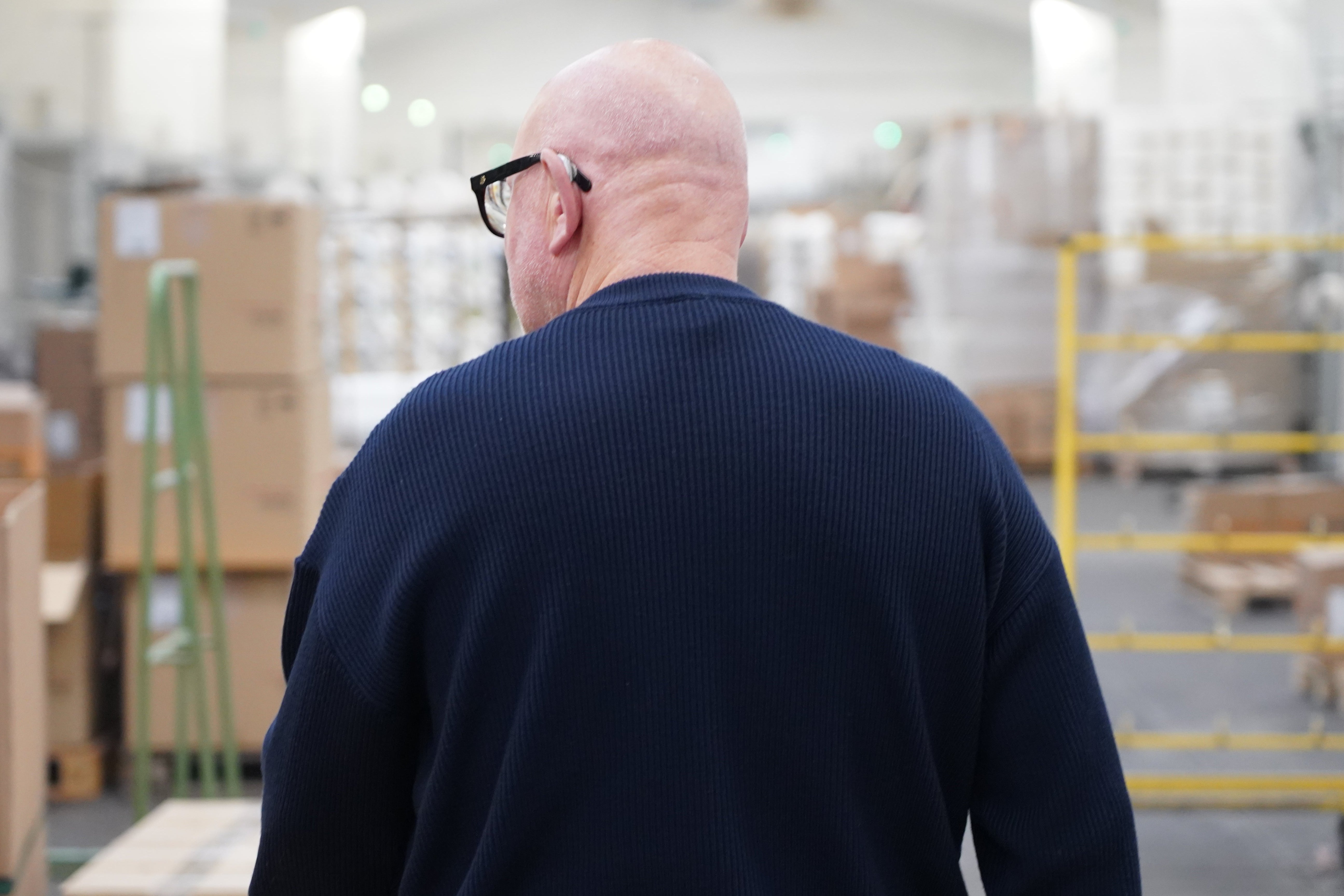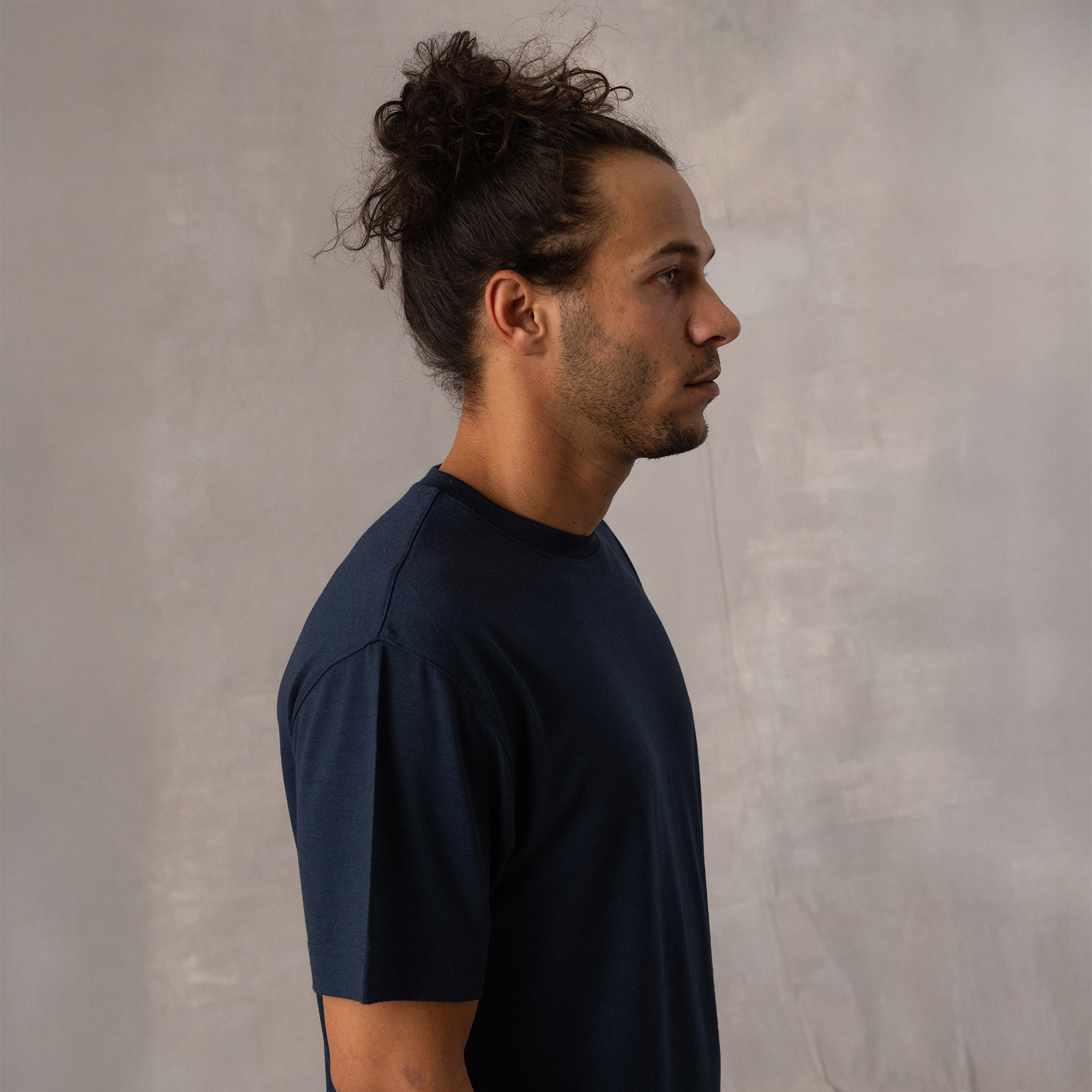
We believe in a better world
Durable Journey is driven by a commitment to leave the world, we all share, with a lasting
positive impact. We are not just a clothing company, but pioneers for change.

The regenerative agricultural transition.
A Journey Rooted in Regeneration
At Durable Journey, we believe clothing should give back to the planet. That’s why our merino wool comes from NATIVA-certified farms in Uruguay, where regenerative farming restores soil health, captures carbon, and supports biodiversity.
Through rotational grazing and responsible land care, these farms help rebuild ecosystems rather than depleting them. With NATIVA’s strict certification, we guarantee high standards for sustainability, animal welfare, and social responsibility.
By choosing Durable Journey, you support a regenerative future—where every piece of clothing helps heal the earth.

Combing mills
The Art of Wool Preparation
At the combing mill, raw wool is cleaned, sorted, and expertly aligned to create premium-quality fibers.
Through careful cleaning, carding, and combing, shorter fibers are removed, and only the finest, longest strands remain—ready to be spun into soft, strong, and durable yarn. This meticulous process ensures every garment made from our wool feels better, lasts longer, and has a smaller environmental footprint.
Craftsmanship starts here—where raw nature meets refined quality.

Spun & treatment in italy
Spun for Performance
In Biella, Italy, our wool undergoes X-Care® treatment and spinning to elevate its natural performance.
X-Care® is a gentle, eco-friendly finish that enhances softness, strength, and durability—without compromising the wool’s natural breathability. After treatment, the fibers are expertly spun into fine, even yarns that ensure every garment is both luxuriously soft and made to last.
True quality begins with how it's made.

Knitted in Denmark
Knitted in Denmark
Our fabrics are knitted in Ikast, Denmark—a town known for generations of textile craftsmanship.
Here, precision and care come together to create dense, durable knits that enhance the natural performance of merino wool. The result is a fabric that feels better, lasts longer, and stands up to daily life.
Crafted close to home, with quality at every stitch.











